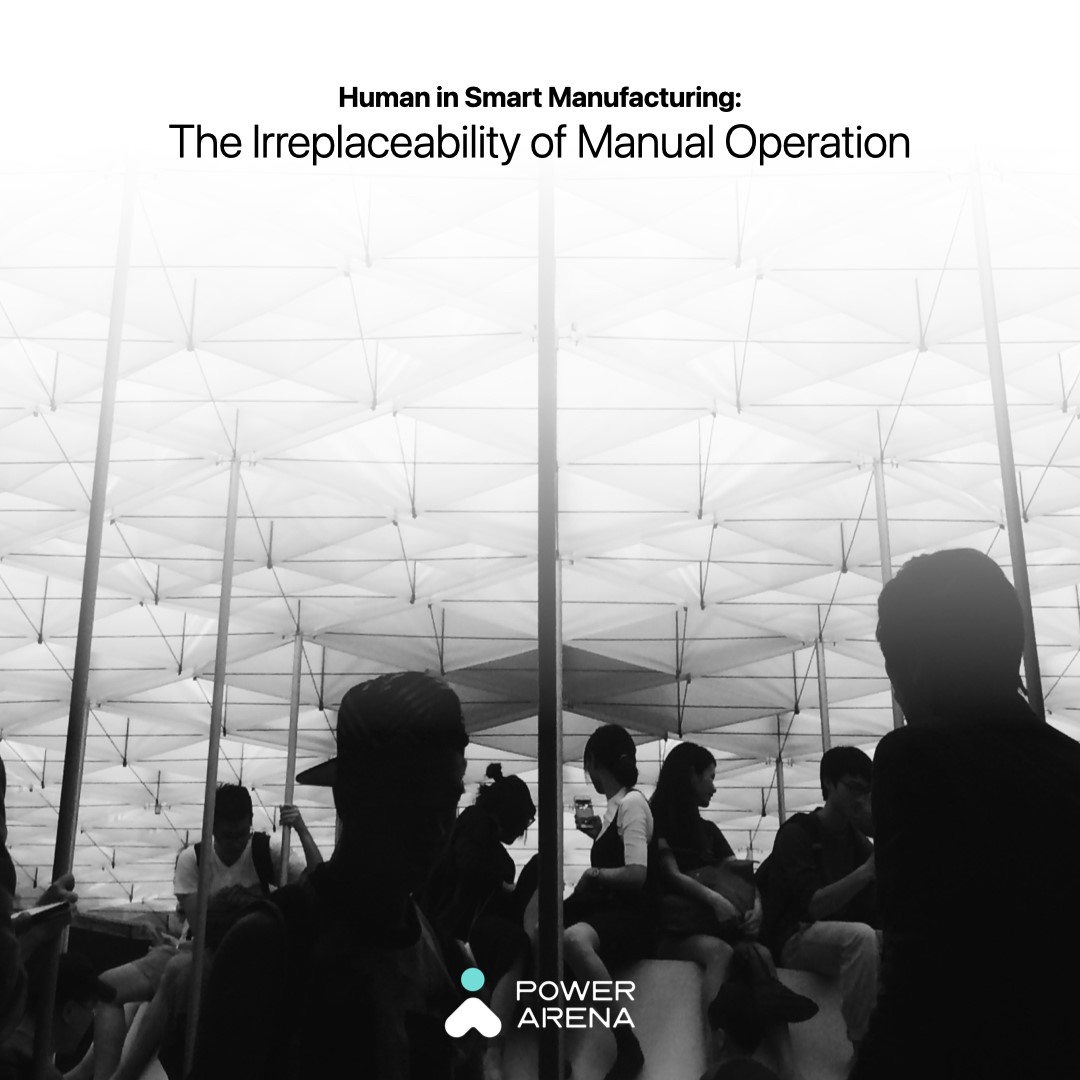Human in Smart Manufacturing: Thriving in the Era of Smart Tech

By Zuria Chu
The best form of human and AI combination
In recent years, automatic robots have developed rapidly. In addition to autonomous cars, self-checkout, automated production lines, and smart healthcare, along with COVID, features such as “no contact” and “human replacement” of robots have becoming favored by society. In 2021, nearly half of a million automatic robots were made, generating 80 billion RMB in revenue. It is a 30% growth compared to the year before.
McKinsey & Company also pointed out in their report that with the advancement of technology, about 800 million people will be replaced by robots in 2030.
So, does this mean that the era of automation has arrived and man will no longer be needed in the production line?
Misconception of digital transformation: Is smart manufacturing equal to unmanned production?
Smart manufacturing should be the long-term goal in the company roadmap. But most of us are making wrong decisions, for example, choosing the wrong system. ERP is a high level system that require professional knowledge in IoT to operate. Enterprises shell out for it but do not have the professionals to cooperate with the “golden system”. This not only costs them a massive amount of time and money but also leading them to the wrong way. Some of us even made further imaginations such as “machine replace man” and “unmanned factory”. However, this not only betrays the principle of smart manufacturing but also obliviates the core of it, which is human.
“Digital leadership is about leading amid the new business environment created by digital disruption, but it is not about mastery of technology.”
-Jonathan R. Copulsky <The Technology Fallacy>
The real driving forces of digital transformation aren’t technology, it’s people and culture. What’s important is continually realigning your organization and updating your strategic plan to account for changes in the technological landscape that affect your business.
Digitalized Workforce
Zheng Wen Cai, the partner of McKinsey in Beijing, said: “By cooperating with technology, companies are able to build a ‘digital transformative team.’ Human labor will be free from basic and repetitive duties and focus more on decision-making.”
The efficiency that automatic robots bring to the production line is undeniable. However, robots are created by humans, and they need to follow the procedure set by humans to perform. They are not flexible enough to deal with variability in the production line. Without a unified standard to properly cooperate with machines, replacing humans in the production line with automation may be going up on a blind alley.
What is a digitalized workforce?
Digitalized workforce relies on new technologies to empower human labor, improve production efficiency, reduce operating costs, and increase operators’ efficiency. By doing this, we can optimize productivity as a whole.

Digital Transformation in Context. In the process of digitization & digital transformation humans are still the core value. (Source)
We need that supercharger
Smart manufacturing is a long-term goal. The essence of it is not machines but human beings. We are not replacing ourselves with any kind of technology, but using them like our superchargers.
AI vision: humanization assists production line efficiency
As the “AI navigation” in the production line, PowerArena captures the movements of operators at each station through AI vision. Our Human Operation Platform (HOP) help increases production capacity and efficiency, so as to visualize the line and find out the root cause. By collecting those data, IE team can also make further applications, carrying out digital transformation to the greatest extent. We will strengthen our cooperation in industries such as electronics manufacturing, semiconductors, and automobiles, and will unswervingly assist more industries in the era of 4IR.
